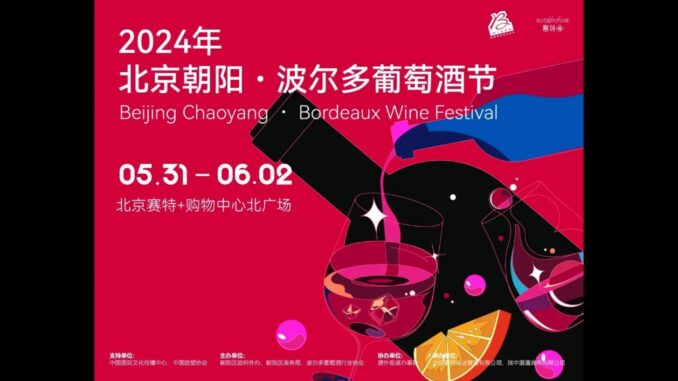
Under the auspices of 60 years of China-France diplomatic ties, Bordeaux Wines is launching a month-long promotion in Beijing tomorrow featuring dozens of restaurants, bars and retailers and a three-day 100 wine-plus festival with music, food stalls, classes and more.
China and France, and particularly Bordeaux, have a long and deep wine relationship. Vineyards here are dominated by varieties with Bordeaux ties, notably Cabernet Sauvignon, Cabernet Franc and Merlot, and we also see initiatives like Ningxia’s five-tier winery classification system, though domestic producers are now rapidly diversifying.
Many well-placed local winemakers and consultants studied in Bordeaux, such as Zhao Desheng (Canaan, DFC), Zhang Jing (Helan Qing Xue) and Li Demei (Tiansai, etc), while flying winemakers with Bordeaux roots have been active in China for decades, such as (the late) Gerard Colin (Grace, Longdai, Puchang), Mark Dworkin (Nine Peaks, Mihope) and Nicolas Billot-Grima (Huadong, DFC, Stone & Moon).
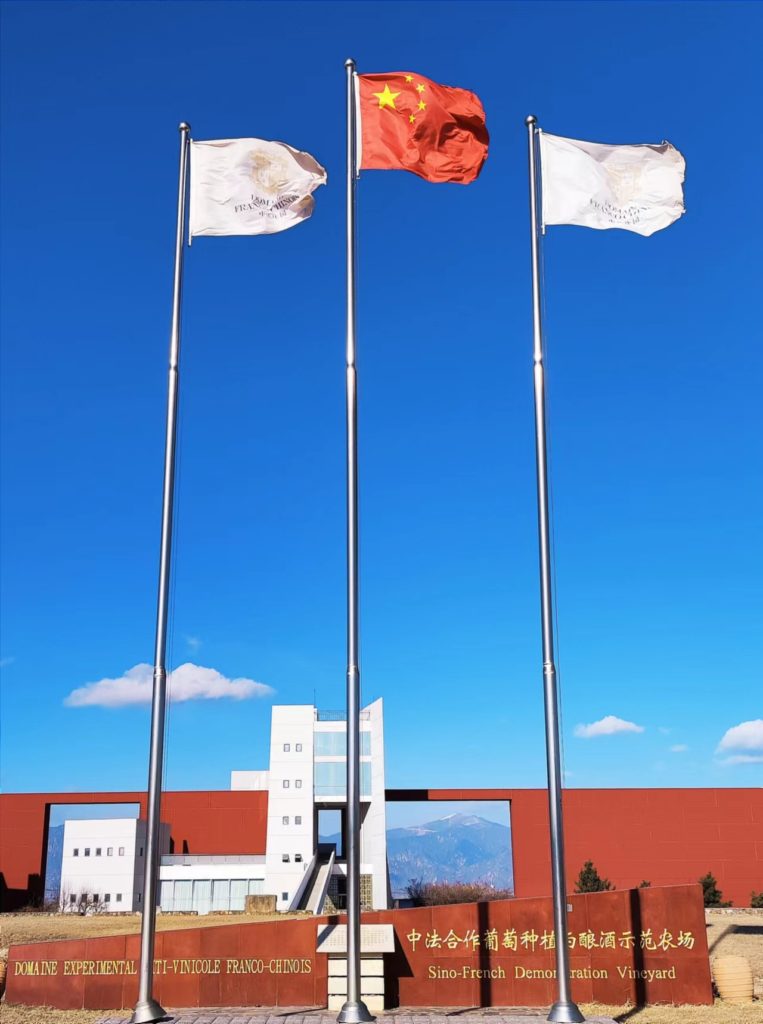
Most symbolic is a late-90s joint project by the Chinese and French government near Beijing called Sino-French Demonstration Vineyard that leveraged French vines and know-how with Chinese land and logistics to study the local terroir. This well-regarded operation, with strong Bordeaux influence, was the starting point for Marselan and Petit Manseng, two grape varieties fast growing in importance in China–and is now privately run as the well-regarded Domaine Franco-Chinois.
(Speaking of history, the 1994 China tour by Bordeaux legend Jean-Michel Cazes and Johnny Chan was quite something!)
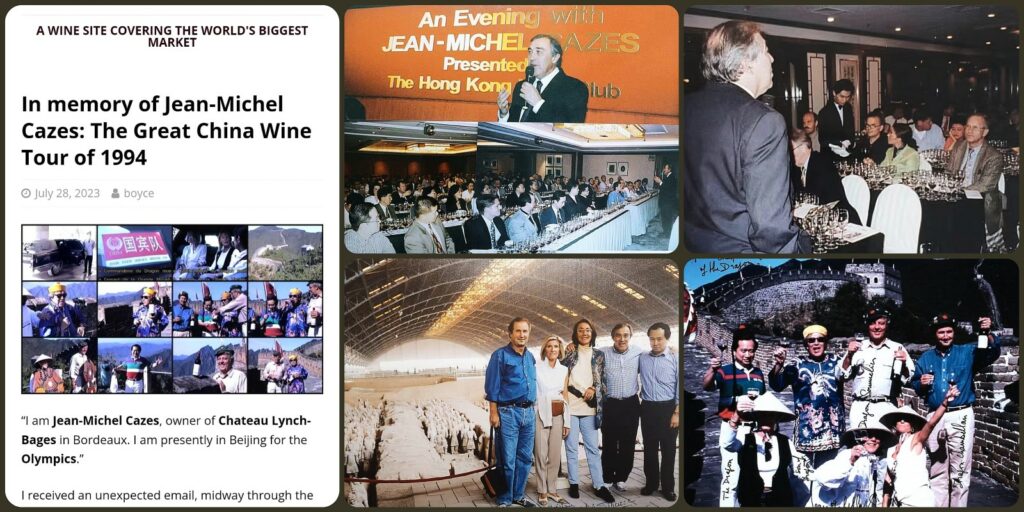
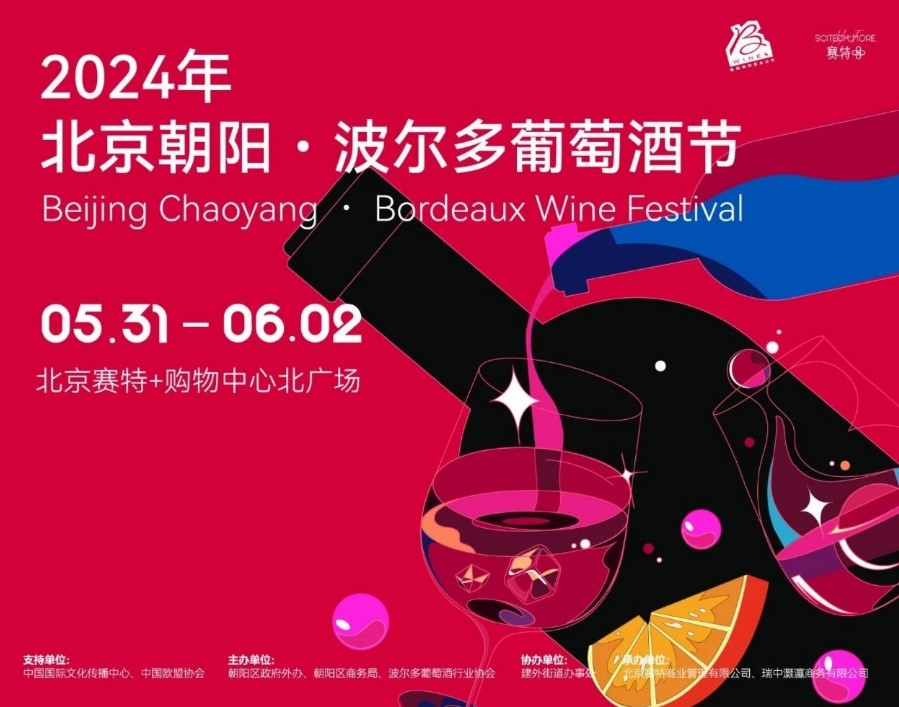
In any case, the three-day festival comes at a time when Bordeaux’s China status is far from its peak of a dozen years ago and as the easing of tariffs on Australian wine means more competition for consumers’ renminbi (more on that below).
The festival features a half-dozen Bordeaux regions, dozens of producers and hundreds of wines, with everything from traditional red blends to rose, dry white and sweet options. Also included, along with visiting producers and negociants pouring wines:
- Two dozen Bordeaux Wine School sessions, including on topics like identifying flavors, matching wine with your personality, and food and wine pairing.
- Sixteen wineries from Ningxia, one of the many regions called “China’s Bordeaux” over the years, including Yuanshi, Helan Qing Xue, Vegani and Li’s Family Wines.
- Food stalls, including dishes from China, France, Vietnam and Argentina, plus craft beers by Great Leap and Beiping.
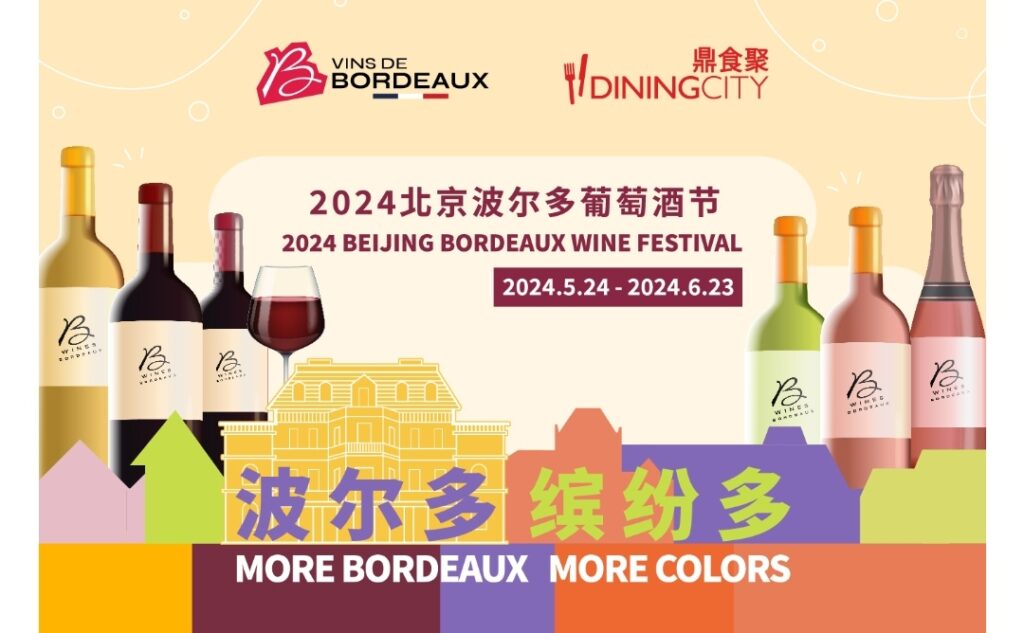
The month-long Dining City partnership features over 80 venues, although three dozen of those are retail outlets of jd.com and CHEERS.
That includes French restaurants such as Maison FLO, La Maison Lyonnais and La Taverne along with fusion spots like Fork by TRB and Solitude, bars and cafes like Burge’s and TiensTiens, and more.
Consumers can choose deals at prices such as RMB60, RMB160 and RMB260. For example, those who go to Fork by TRB can get two glasses of wine instead of one for RMB60 plus bottles discounted to RMB160 and RMB260.
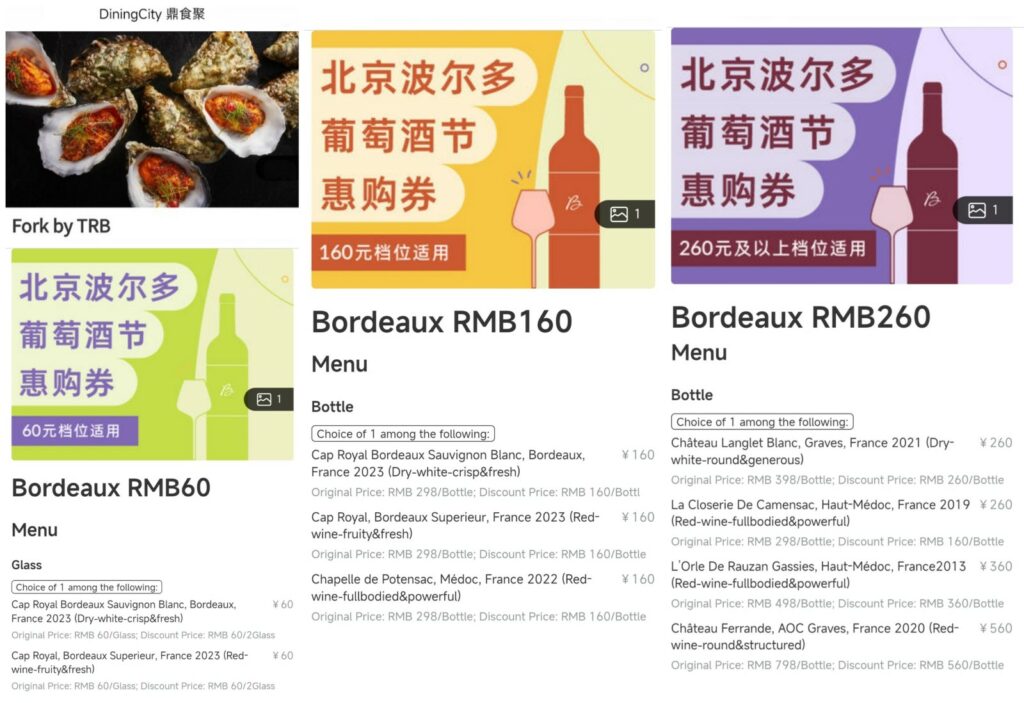
This follows other initiatives like last year’s China Roadshow that sought to make Bordeaux more fun and accessible. That one had a white wine cocktail bar, zones featuring wine styles (“round and structured”), casino games and a mix of more traditional wines and newer styles.
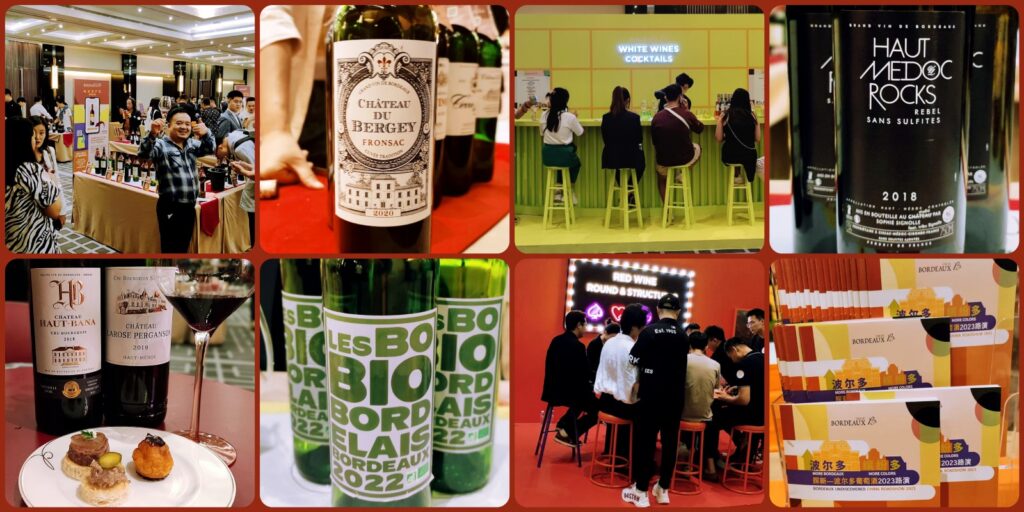
This all comes at a time when selling Bordeaux is far more difficult than during the heyday of a dozen years ago.
The lifting of wine duties in Hong Kong in 2008, rapidly rising wealth in China and a demand for status-based booze saw Bordeaux sales and prices in China skyrocket back then, including at auctions. China became Bordeaux’s biggest export market in 2009. And Chinese, including high-profile businessman Jack Ma and actress Zhao Wei, snapped up Bordeaux wineries.
Big money was to be made off consumers who were in pursuit of “Bordeaux” but unknowingly paying ridiculous prices for poor vintages, OEM wines or even fakes. (I remember a heavily corked Bordeaux served at a Carrefour wine fair in Beijing and the French “expert” dismissing my complaint, saying some customers like it that way.) Meanwhile, everything from housing estates to BBQ joints to bank ads was being branded as “Lafite.”
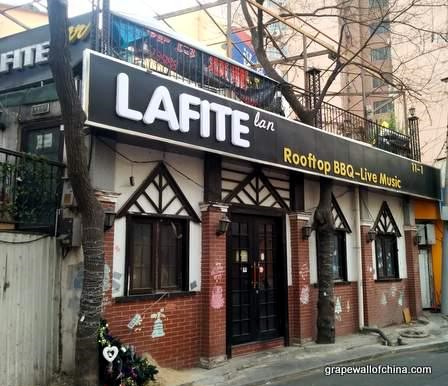
In a few years, the party was over, with declining sales and rising official policies against conspicuous consumption on luxury goods.
Bordeaux’s once seemingly unassailable position in China’s market is gone, with imports reaching their lowest point in more than a decade last year. The region is also facing issues at a bigger level, with falling global wine consumption leading to Bordeaux vines being pulled, with climate change leading to new varieties being planted and with some of those Chinese-invested wineries in Bordeaux failing.
Even so, China remains a crucial market for China, one in which it still has cache and where few people have yet become regular wine drinkers. That means something and perhaps these newest promotions by Bordeaux, done in a fun and accessible way, can connect a new generation of drinkers to the region.
Grape Wall has no sponsors of advertisers: if you find the content and projects like World Marselan Day worthwhile, please help cover the costs via PayPal, WeChat or Alipay.
Sign up for the free Grape Wall newsletter here. Follow Grape Wall on LinkedIn, Instagram, Facebook and Twitter. And contact Grape Wall via grapewallofchina (at) gmail.com.

Leave a Reply
You must be logged in to post a comment.